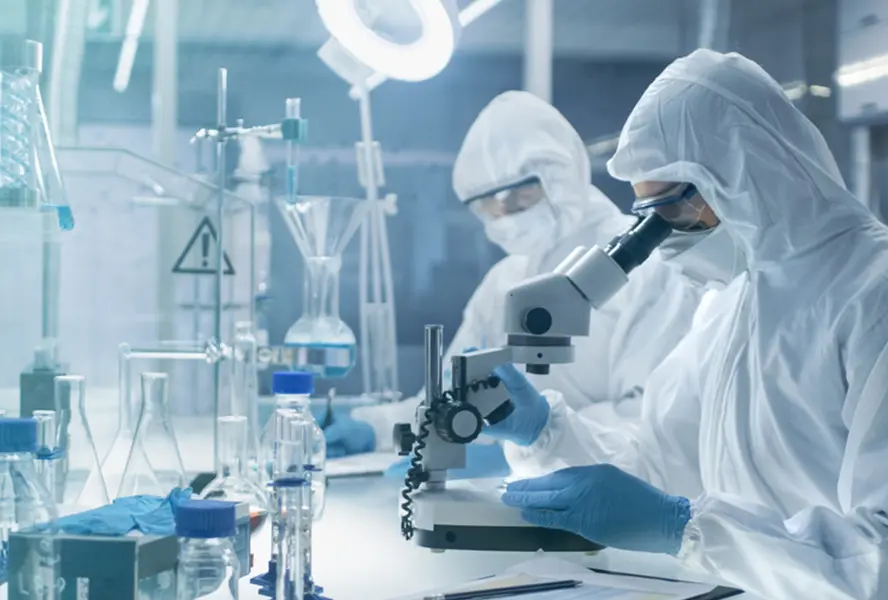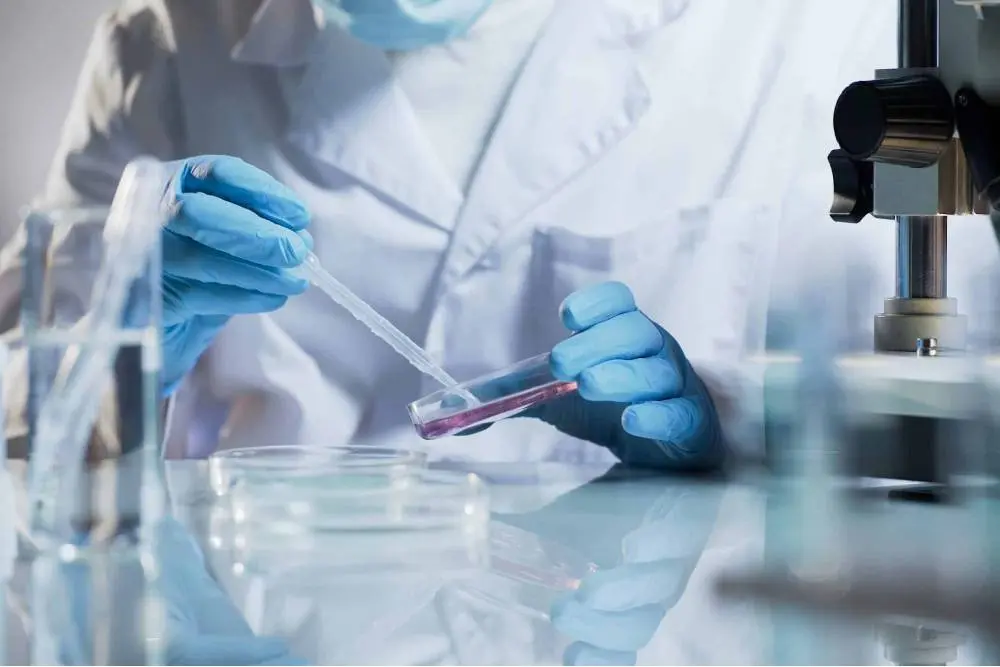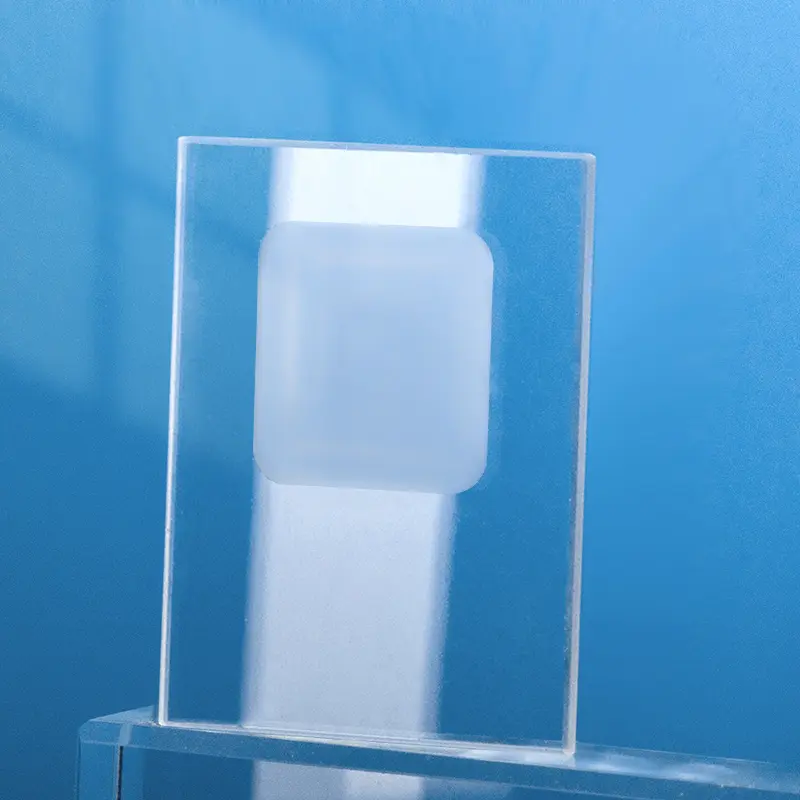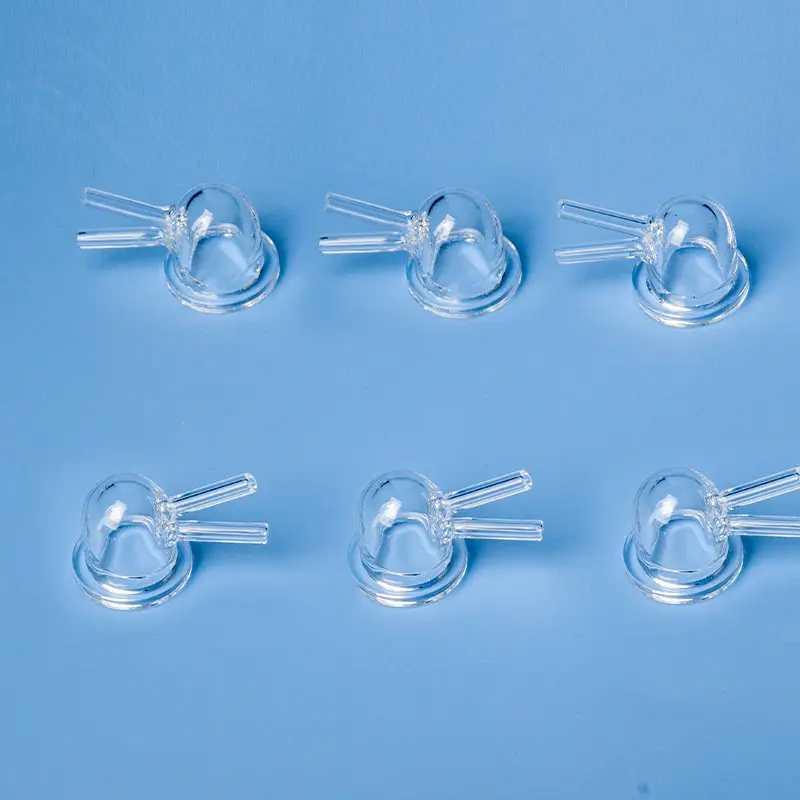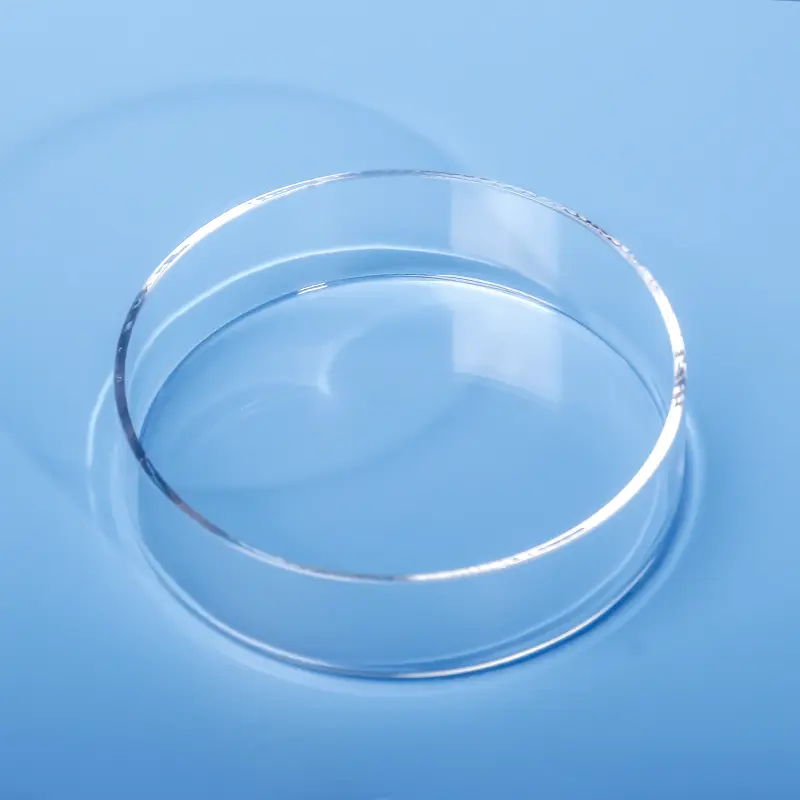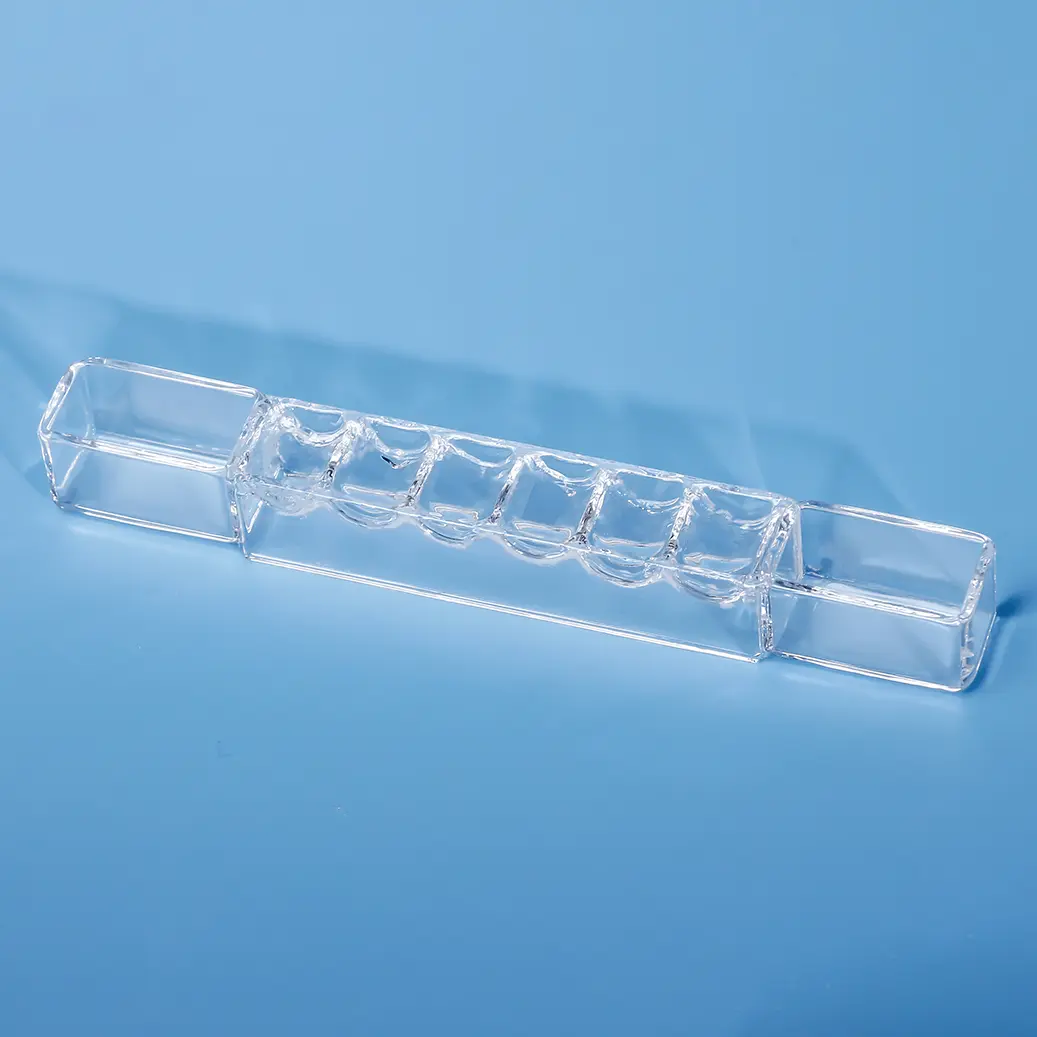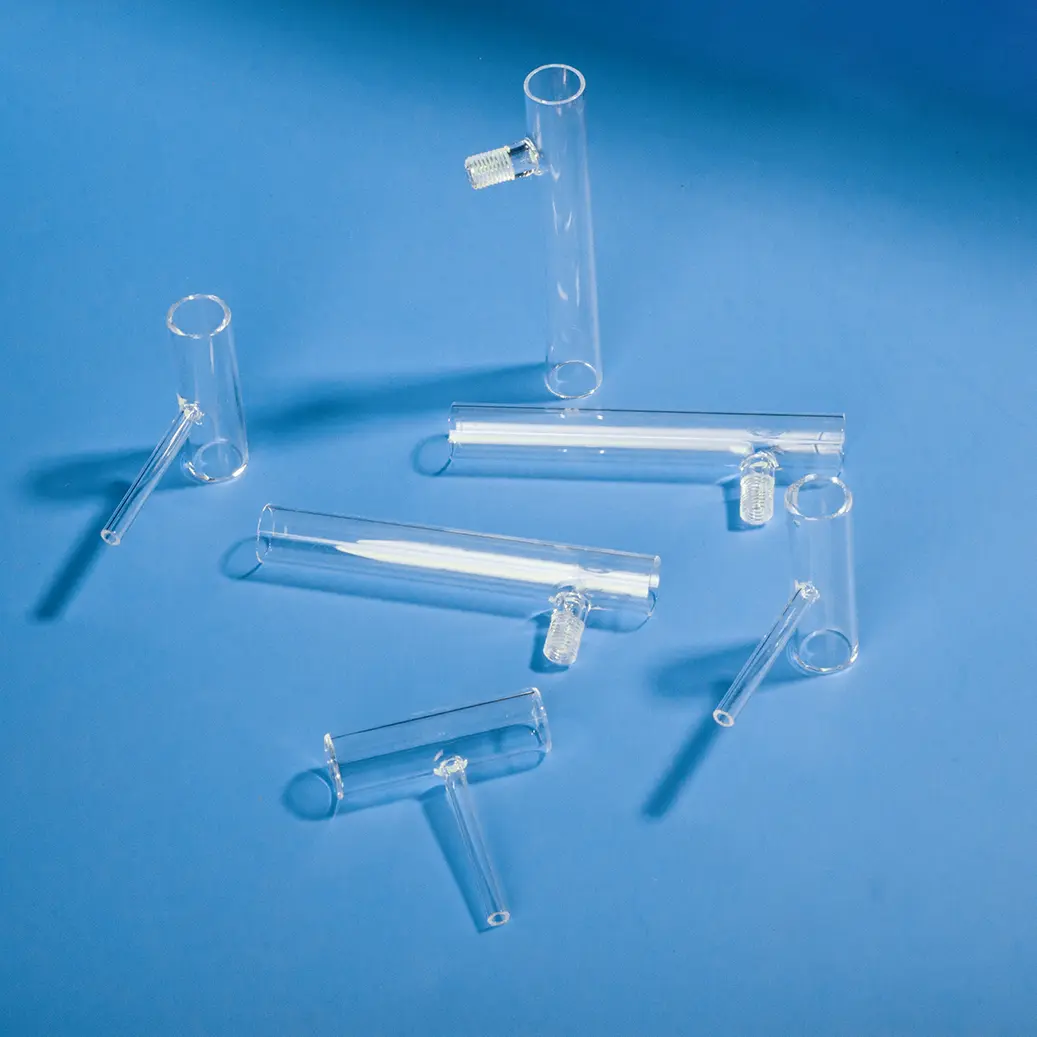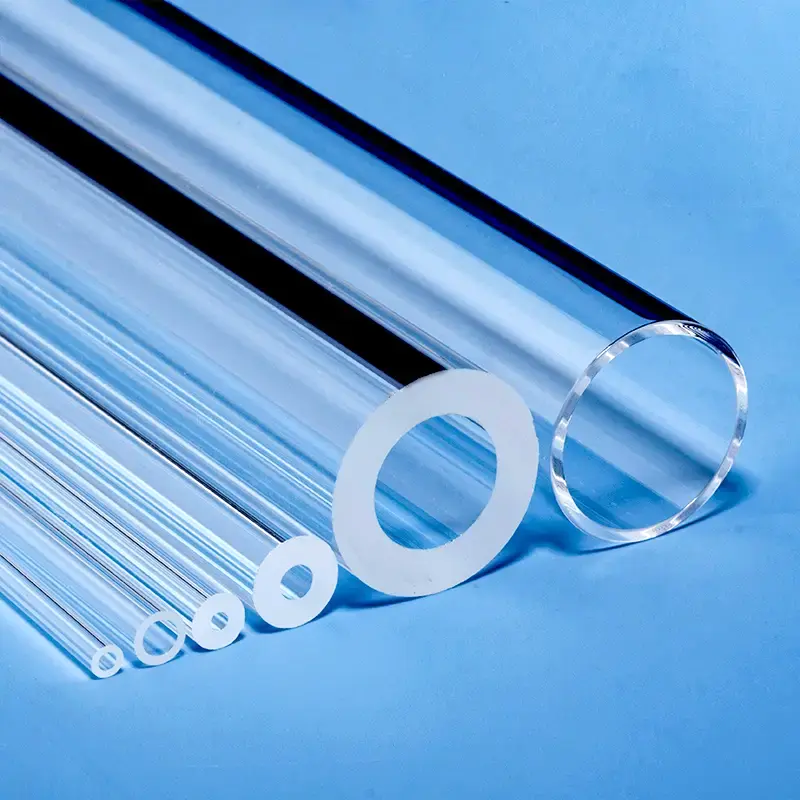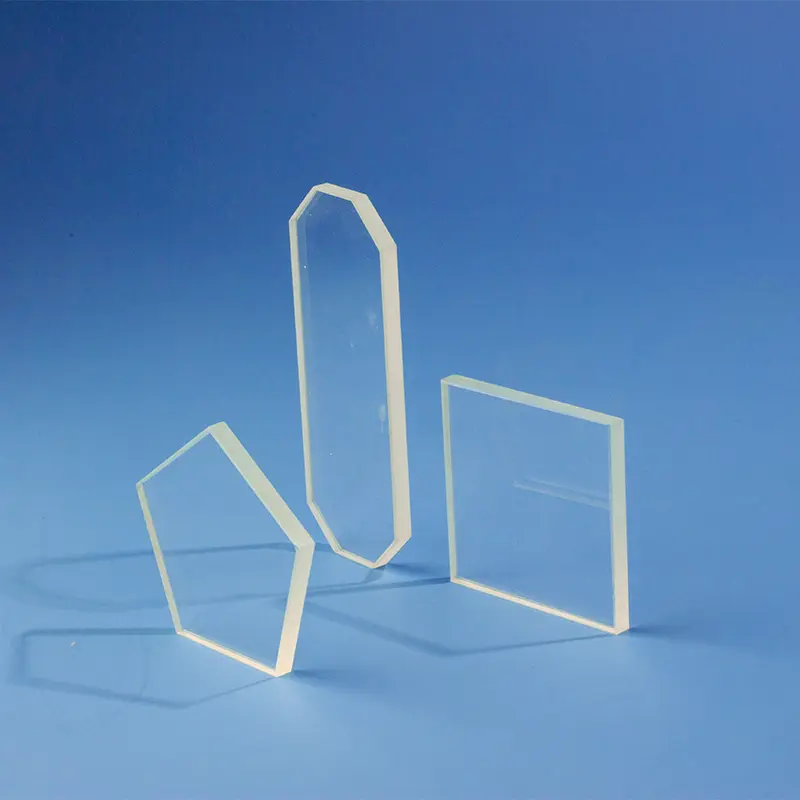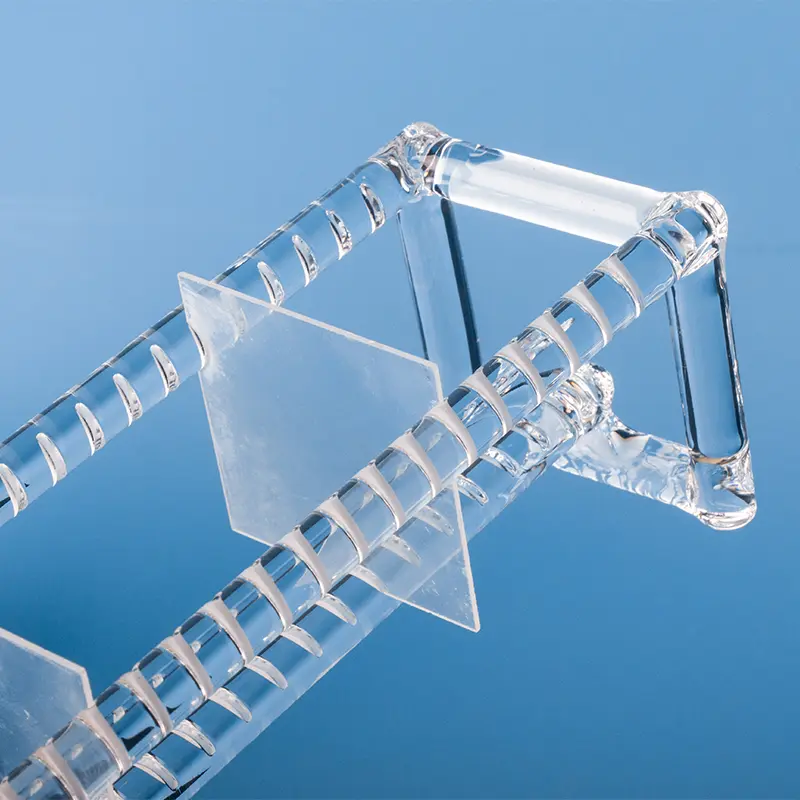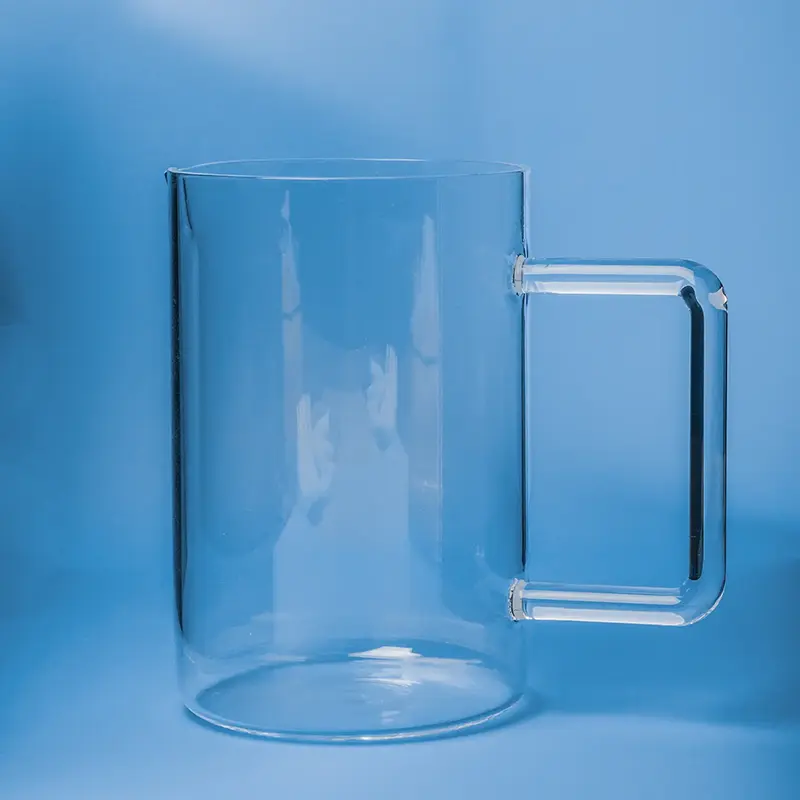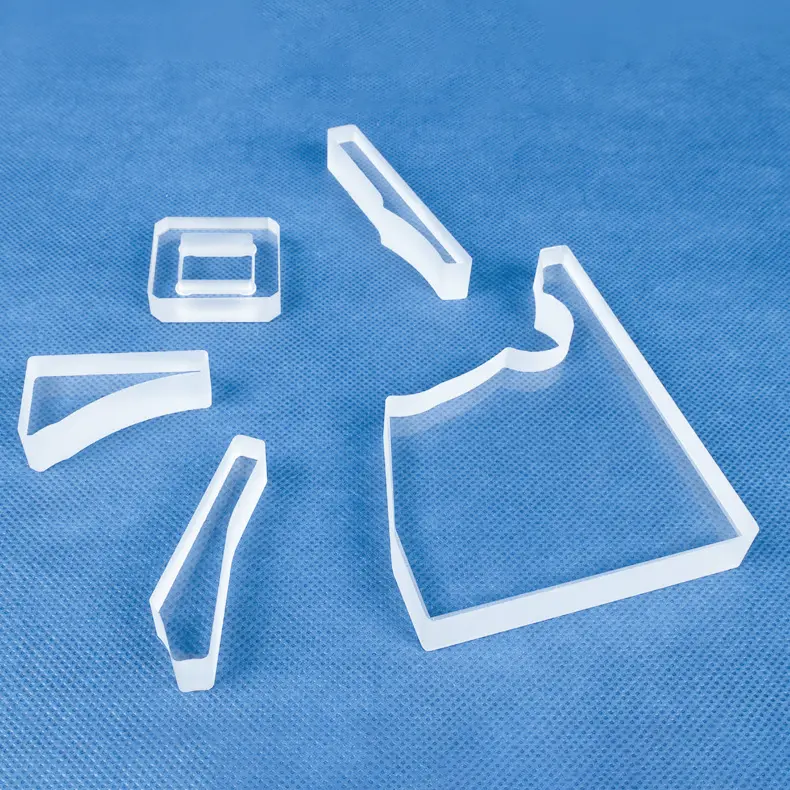Nuestras celdas de flujo de cuarzo y cubetas ópticas de sílice fundida personalizadas están diseñadas con precisión para el análisis continuo de fluidos y el monitoreo de reacciones. Con puertos integrados para un manejo fluido de líquidos, estos componentes de alta pureza ofrecen una transmisión UV-Vis excepcional, una resistencia química superior y una alta estabilidad térmica. Ideales para espectroscopia, cromatografía y aplicaciones microfluídicas personalizadas, diseñamos soluciones a medida para satisfacer sus requisitos ópticos y fluidicos específicos.
| Contenido de la propiedad | Valores de la propiedad |
|---|---|
| SiO2 | 99.99% |
| Densidad | 2,2×10³ kg/cm³ |
| Dureza | Dureza Mohs de 5,5 a 6,5; Dureza Knoop 570 (con una carga de 100g) |
| Resistencia a la tracción | 4,8 × 10⁷ Pa (48 N/mm² o 48 MPa); 7.000 psi |
| Resistencia a la compresión | >1.1×10⁹ Pa (160,000 psi) |
| Coeficiente de dilatación térmica | 5.5×10⁻⁷ cm/cm·°C (20°C-320°C) |
| Conductividad térmica | 1,4 W/m-°C |
| Calor específico | 670 J/kg-°C |
| Punto de ablandamiento | 1730°C (3146°F) |
| Punto de recocido | 1210°C (2210°F) |
| Punto de deformación | 1120°C (2048°F) |
| Temperatura de trabajo | 1200°C (2192°F) |
| Resistividad eléctrica | 7×10⁷ ohm cm (350°C) |
| Tamaño | Personalizado |
| Logotipo | Se acepta el logotipo personalizado |
Alta transmitancia de luz
Las cubetas de cuarzo poseen una transmitancia de luz extremadamente alta en las regiones ultravioleta a visible, particularmente en la región ultravioleta. Esto es esencial para experimentos que requieren mediciones precisas dentro de este rango de longitud de onda
Excelente resistencia química
El material de cuarzo es resistente a ácidos fuertes, bases y solventes orgánicos, lo que garantiza la estabilidad y durabilidad de las cubetas en una variedad de entornos químicos
Propiedades ópticas precisas
Las superficies ópticas de las cubetas de cuarzo se mecanizan con precisión para garantizar la exactitud y la repetibilidad en el análisis espectroscópico
Amplia aplicabilidad
Estas cubetas de cuarzo son compatibles con diversos instrumentos espectroscópicos, como los espectrofotómetros, y pueden utilizarse para el análisis cuantitativo y cualitativo de sustancias, tanto en el rango ultravioleta de 200-400 nm como en la región de luz visible.
Escenario de aplicación
Análisis farmacéutico
En la industria farmacéutica, las cubetas de cuarzo se utilizan para el análisis cuantitativo de los componentes de fármacos, asegurando que las concentraciones y la pureza de los medicamentos cumplan con los estándares establecidos, así como para realizar pruebas de estabilidad de fármacos.
La alta transmitancia de luz de las cubetas cilíndricas de cuarzo en la región ultravioleta es esencial para experimentos que requieren mediciones precisas en este rango de longitud de onda. Muchas biomoléculas y sustancias químicas presentan absorciones características en la región ultravioleta, lo cual es crucial para su análisis cuantitativo e identificación
Al usar cubetas de cuarzo, evite tocar las superficies ópticas para prevenir la contaminación. Límpielas a fondo y guárdelas correctamente antes y después de cada uso para mantener su rendimiento. Además, dado que el material de cuarzo es frágil, manéjelas con cuidado para evitar daños
Al limpiar cubetas de cuarzo, límpielas suavemente con un detergente suave y un paño blando, evitando cepillos duros o abrasivos que puedan rayar la superficie. Después de la limpieza, enjuáguelas a fondo y séquelas al aire o con un paño sin pelusa. Para un almacenamiento a largo plazo, guárdelas en una caja de cubetas adecuada, evitando la luz solar directa y los ambientes de alta temperatura para prolongar su vida útil
Preguntas más frecuentes
Nos especializamos en la fabricación integral de componentes de vidrio de cuarzo de alta pureza. Nuestras principales líneas de productos incluyen:
Tubos y varillas de cuarzo: Una amplia gama de diámetros y especificaciones.
Placas y discos de cuarzo: Corte de precisión y pulido para uso óptico e industrial.
Cristalería de laboratorio de cuarzo: Una suite completa de cristalería estándar y personalizada, incluyendo vasos de precipitados, matraces y barcas.
Cuarzo de grado semiconductor: Componentes de alta pureza como tubos de proceso y portadores para la fabricación de semiconductores.
Componentes fabricados a medida: Podemos producir piezas complejas adaptadas a sus diseños y especificaciones únicas.
Sí. La fabricación personalizada es el pilar central de nuestro negocio. Con más de una década de experiencia especializada, nos asociamos con empresas para ofrecerles servicios expertos de OEM/ODM. Nuestras capacidades incluyen soldadura, rectificado, perforación, pulido, doblado y otras técnicas de mecanizado de precisión para crear componentes que cumplan con sus requisitos exactos.
La calidad es primordial en nuestro proceso de fabricación. Somos un fabricante certificado ISO 9001:2015, lo que garantiza que nuestros procesos cumplen con los estándares internacionales de gestión de calidad.Nuestros productos también se someten a rigurosas pruebas SGS de pureza y rendimiento. Utilizamos materias primas de alta pureza (hasta 99,998% de SiO2) para producir productos de cuarzo fundido y sílice fundida con una estabilidad térmica excepcional, alta resistencia a la temperatura e inercia química.
Hemos optimizado nuestro proceso para que sea lo más eficiente posible:
Envíe su Solicitud de Cotización (RFQ): Envíenos sus dibujos técnicos, especificaciones y requisitos a través de nuestro formulario de contacto en el sitio web o por correo electrónico.
Respuesta rápida: Puede esperar una respuesta inicial en cuestión de minutos y una comunicación detallada en media hora.
Diseño y Propuesta: Le entregaremos una propuesta de diseño detallada y un presupuesto competitivo en 24 horas.
Prototipado y Producción: Tras la aprobación, pasamos rápidamente del prototipado a la producción a gran escala para cumplir con sus plazos de entrega.
Asociarse con Aoxin Quartz ofrece varias ventajas clave:
Experiencia comprobada: Con más de 10 años en la industria, poseemos el conocimiento técnico para abordar desafíos complejos.
One-Stop Solution: We manage the entire production process, from sourcing high-purity raw materials to fabricating and finishing complex components.
Valor competitivo: Ubicados en un importante centro de producción de cuarzo, aprovechamos una cadena de suministro eficiente y una fabricación avanzada para ofrecer una calidad excepcional a un precio competitivo.
Dedicated Partnership: Over 90% of our clients become long-term partners. We are committed to your success through responsive service, reliable quality, and innovative solutions.


